Table of content
Razor clams, known for their sweet, briny flavor and tender texture, are a prized ingredient in coastal cuisines worldwide. From the bustling street food stalls of Southeast Asia to the refined kitchens of European seafood restaurants, these elongated mollusks have carved a niche for themselves in culinary traditions. However, when it comes to preparing them in a stir-fry—a cooking method that prioritizes speed, heat, and flavor retention—a contentious question arises: Should razor clams be blanched before being tossed into the wok?
This debate splits home cooks and professional chefs alike. Some argue that blanching is an essential preliminary step to rid the clams of sand, excess moisture, and impurities, ensuring a cleaner final dish. Others insist that blanching compromises the clams’ delicate texture and dilutes their oceanic essence, advocating instead for a direct-to-pan approach. This article delves into the science, techniques, and cultural nuances surrounding this culinary dilemma, offering a comprehensive guide to achieving perfection in your stir-fried razor clam dish.
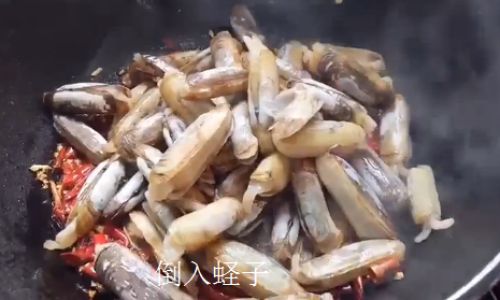
The Case for Blanching: Sanitation, Texture, and Control
Removing Impurities and Sand
Razor clams, like many bivalves, live buried in sandy or muddy substrates. Even after thorough rinsing, residual grit can linger in their shells or flesh. Blanching—a process of briefly immersing the clams in boiling water—serves as a failsafe method to expel any remaining sand. When exposed to heat, the clams instinctively clamp their shells shut, forcing out trapped particles along with a burst of briny liquid. This not only cleanses the clams but also prevents the dish from developing a gritty mouthfeel.
Pre-Cooking for Texture Consistency
Stir-frying demands split-second timing. Overcooking razor clams can transform their plump, tender flesh into a rubbery disappointment. Blanching offers a middle ground: partially cooking the clams before they hit the wok ensures they spend less time under high heat, reducing the risk of toughening. This method also helps synchronize the cooking times of the clams with other ingredients, such as vegetables or aromatics, which might require different durations to reach optimal doneness.
Reducing Excess Moisture
Razor clams are naturally water-rich. When added directly to a hot wok, their moisture can flood the pan, lowering the temperature and resulting in a stew-like consistency rather than the coveted seared, caramelized exterior. Blanching helps release some of this liquid upfront, allowing the stir-fry to maintain the high heat necessary for Maillard browning—the chemical reaction that imparts depth and complexity to the dish.
The Case Against Blanching: Flavor Preservation and Culinary Authenticity
Loss of Briny Essence
The juice released by razor clams during cooking is a prized component of stir-fries. It serves as a natural flavor enhancer, melding with aromatics like garlic, ginger, and chili to create a savory sauce. Blanching, however, expels a significant portion of this liquid prematurely. While some chefs attempt to reserve the blanching water and add it back later, critics argue that the resulting broth lacks the viscous, concentrated richness of juice released during direct stir-frying.
Compromised Texture
Blanching’s rapid heat can cause the clams’ muscle fibers to contract aggressively, squeezing out moisture and altering their supple texture. When blanched clams are then stir-fried, they risk becoming dry and chalky, especially if overcooked. Purists claim that skipping blanching and relying on precise wok heat control yields clams that are juicier, with a tender bite that better complements the dish’s crisp vegetables and aromatic oils.
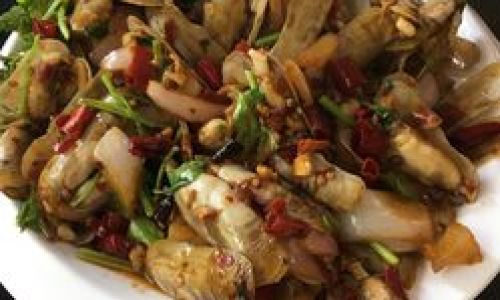
Cultural Tradition
In many coastal regions where razor clams are harvested, direct stir-frying without blanching is the norm. For example, in Chinese coastal provinces like Zhejiang and Fujian, chefs swear by a technique called “shao kao” (flash-searing), where clams are tossed in a scorching-hot wok with minimal oil and seasonings. The goal is to cook the clams just until their shells open, preserving their natural juices and texture. Blanching, in this context, is seen as an unnecessary intervention that disrupts the dish’s integrity.
The Science Behind Blanching: How Heat Affects Razor Clams
To understand the blanching debate, one must grasp the biology of razor clams. These mollusks have a unique anatomy: a long, slender foot for digging and a siphon for feeding. Their flesh is composed of fast-twitch muscles designed for rapid burrowing, which also means their proteins denature quickly when exposed to heat.
- Protein Denaturation: Blanching (typically 1–2 minutes in boiling water) begins the process of protein coagulation. While this pre-cooks the clams, it also sets their structure, making them less prone to overcooking later. However, excessive blanching can cause the proteins to squeeze out moisture, leading to dryness.
- Enzyme Inactivation: Like all seafood, razor clams contain enzymes that accelerate spoilage. Blanching deactivates these enzymes, extending the clams’ shelf life—a practical consideration for restaurants but less relevant for home cooks using fresh ingredients.
- Shell Separation: Blanching causes the clam’s adductor muscle (which holds the shell closed) to relax, making it easier to shuck the meat from the shell if desired. However, stir-fries often retain the clams in their shells for presentation and flavor infusion.
Blanching vs. No-Blanching: A Side-by-Side Comparison
To objectively evaluate both methods, let’s examine a hypothetical stir-fry recipe using identical ingredients, prepared with and without blanching.
Ingredients:
- 1 lb fresh razor clams, scrubbed
- 2 tbsp peanut oil
- 3 garlic cloves, minced
- 1-inch ginger, julienned
- 2 red chilies, sliced
- 1 tbsp Shaoxing wine
- 1 tbsp light soy sauce
- 1 tsp oyster sauce
- 1 tbsp cilantro, chopped
- White pepper to taste
Method 1: With Blanching
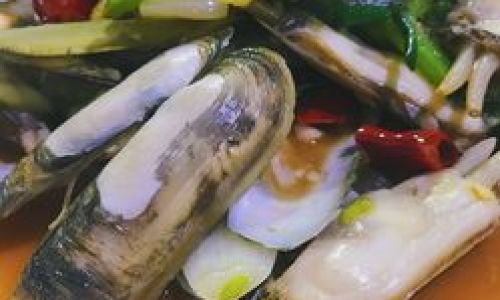
- Blanch clams in boiling water for 1 minute until shells partially open.
- Drain and rinse under cold water to halt cooking. Remove any clams that remain closed.
- Heat wok over high heat, add oil, and stir-fry aromatics for 30 seconds.
- Add clams, sauces, and wine; stir-fry for 2–3 minutes until shells fully open.
- Garnish with cilantro.
Method 2: Without Blanching
- Heat wok over high heat until smoking. Add oil and aromatics; stir-fry for 30 seconds.
- Add clams and sauces; toss vigorously.
- Splash with wine and cover for 1 minute to steam-open shells.
- Uncover, stir-fry for 1–2 minutes, and garnish.
Results:
- Texture: Blanched clams were firmer but slightly drier; unblanched clams were juicier with a softer bite.
- Flavor: Unblanched clams retained a stronger briny taste, while blanched clams had a cleaner but milder profile.
- Appearance: Blanched clams released less liquid, yielding a thicker sauce; unblanched clams produced a thinner, more natural broth.
Expert Opinions: What Chefs Say
- Chef Susanna Foo (Philadelphia, USA): “Blanching is a safety net. In a busy restaurant kitchen, you can’t risk undercooked clams. The key is to blanch for no more than 90 seconds—just enough to open the shells without turning the meat into rubber.”
- Chef Jeremy Pang (London, UK): “I never blanch. The beauty of razor clams is their ability to cook in their own juices. Use a smoking-hot wok and a splash of wine to deglaze the pan. The result is plump, flavorful clams with a glossy sauce.”
- Chinese Home Cook Mrs. Li (Guangdong, China): “My grandmother taught me to soak clams in saltwater for 2 hours to expel sand. Blanching is for lazy cooks. If your clams are fresh, there’s no need.”
Alternative Techniques: Compromises and Innovations
For those undecided, hybrid methods offer a middle ground:
- Saltwater Soaking: Submerge clams in salted water (3 tbsp salt per quart) for 2–3 hours. The clams will naturally filter out sand.
- Dry-Heat Roasting: Roast clams in a 450°F (230°C) oven for 5 minutes to encourage shell-opening before stir-frying.
- Microwave Steaming: Microwave clams on high for 1 minute to partially cook and release sand.
Troubleshooting Common Issues
- Gritty Texture: Even after blanching, sand may persist. Soak clams in cornstarch-laced water (1 tbsp per quart) to adhere to and remove grit.
- Rubbery Clams: Overcooking is the culprit. Remove clams from heat as soon as their shells open.
- Bland Flavor: Amplify umami with fermented black beans, fish sauce, or a dash of MSG.
The Verdict: Context Matters
The decision to blanch razor clams hinges on three factors:
- Freshness: Pristine, live clams require minimal intervention.
- Time Constraints: Blanching streamlines cooking in professional settings.
- Flavor Preferences: Prioritize brininess (skip blanching) or cleanliness (blanch).
Ultimately, both methods can yield delicious results when executed correctly. The best approach is to experiment: prepare the same dish with and without blanching, noting differences in texture, flavor, and ease.
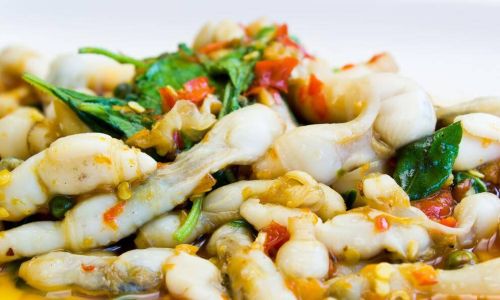
Conclusion: A Dish of Balance
Stir-fried razor clams exemplify the tension between tradition and innovation in cuisine. Whether you champion the purity of unblanched clams or the precision of blanching, the goal remains the same: to honor the ingredient’s essence while delivering a dish that delights the palate. As with all culinary arts, the answer lies not in dogma but in understanding—of heat, of technique, and of the humble razor clam itself. So next time you stand at your stove, wok in hand, let your instincts (and perhaps a pinch of saltwater) guide you. The ocean’s bounty awaits.
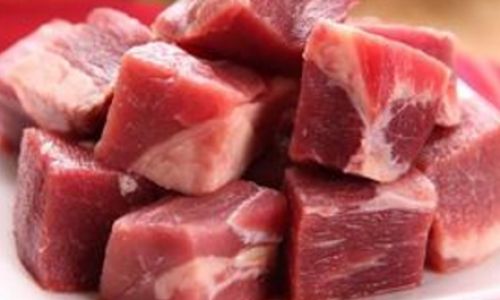
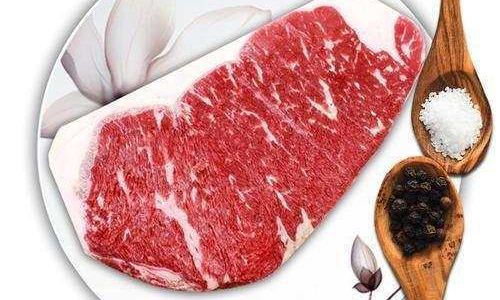
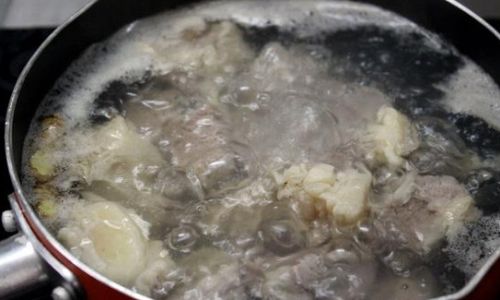
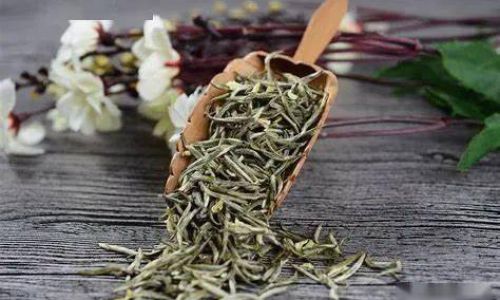
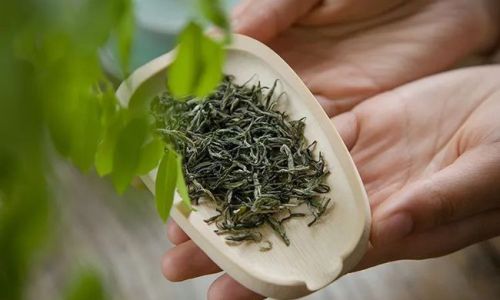
0 comments